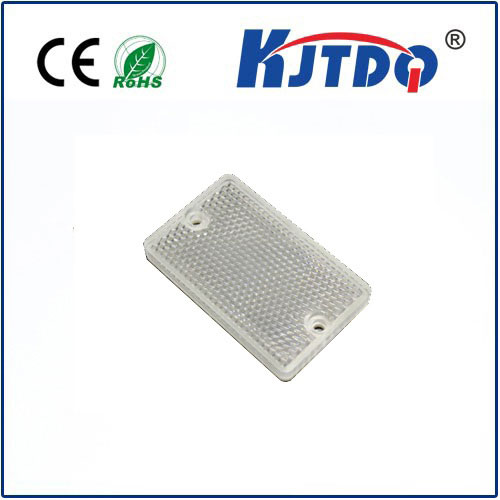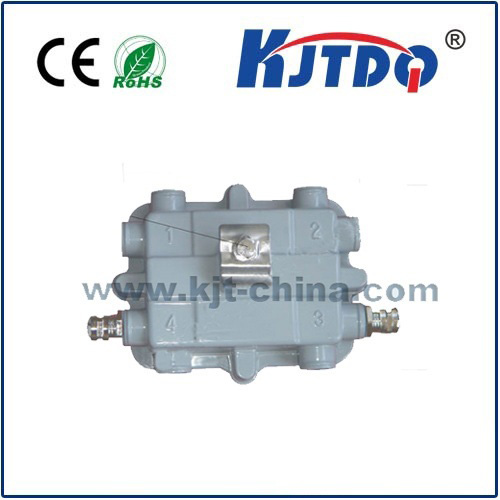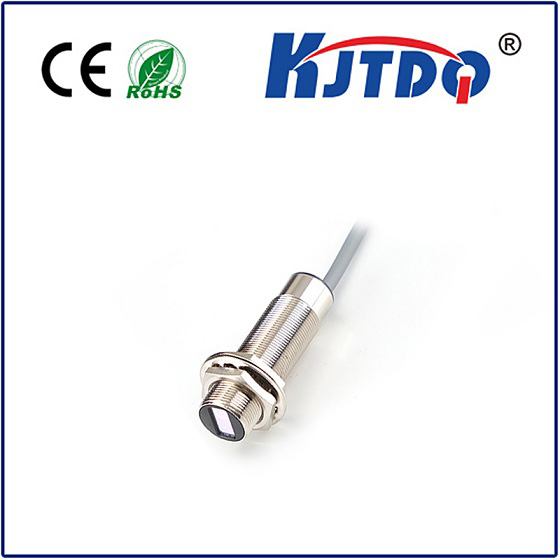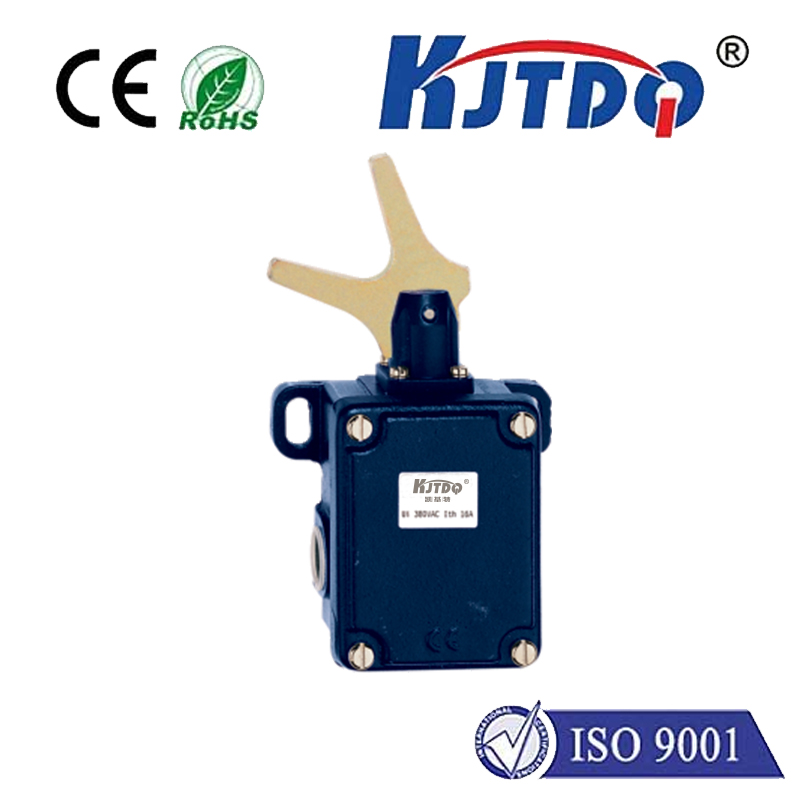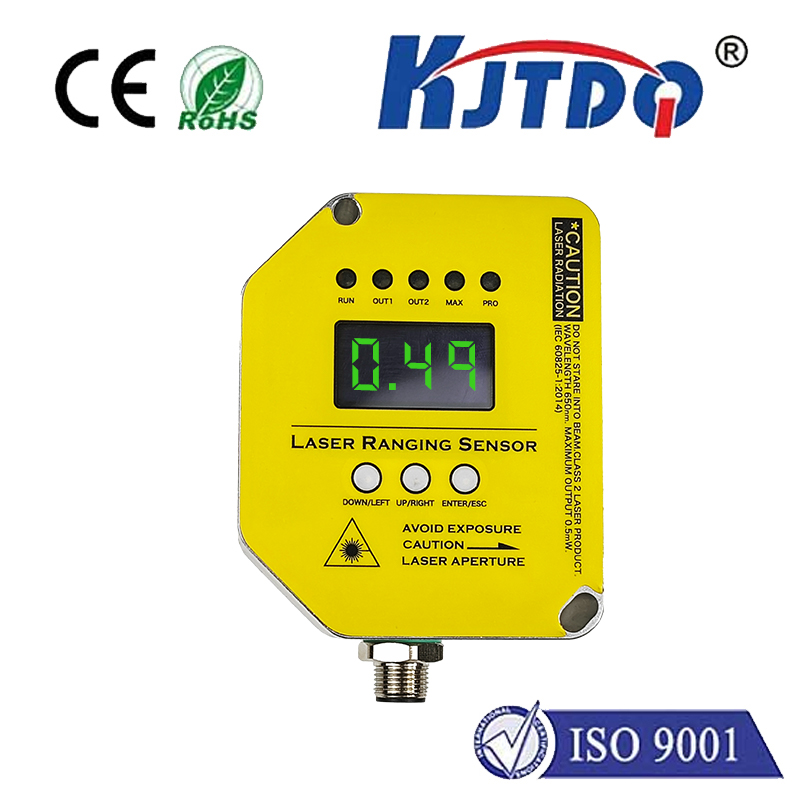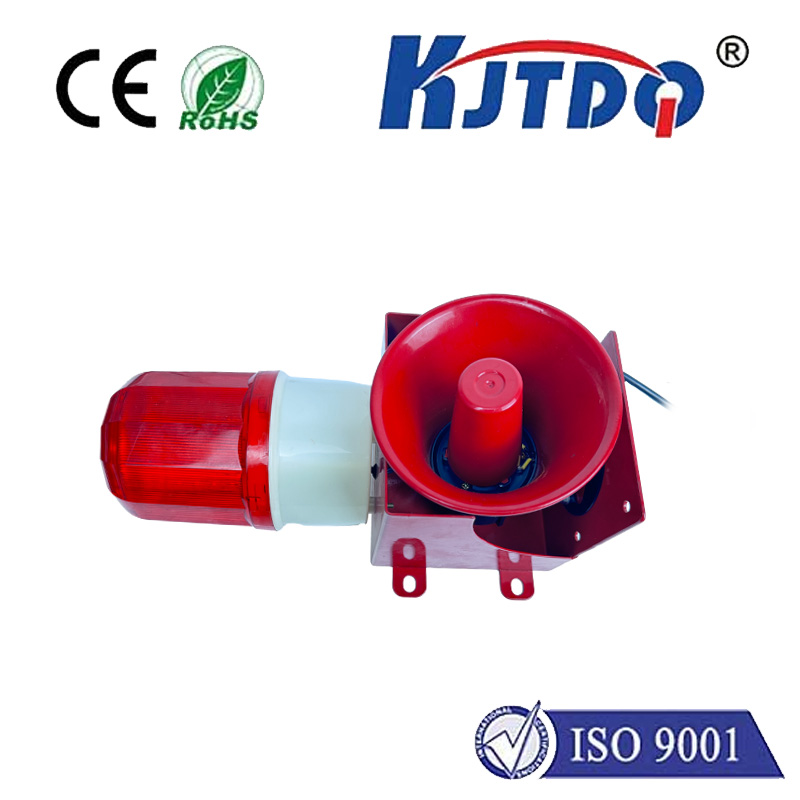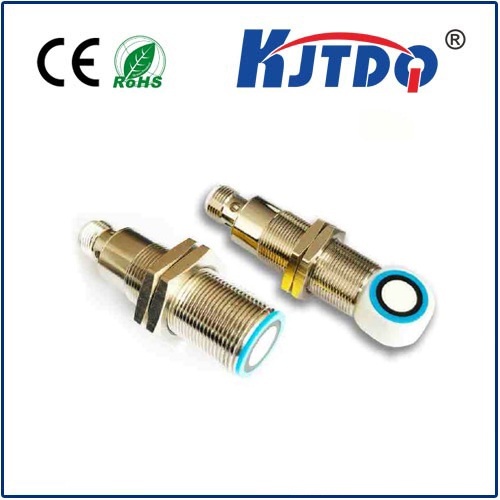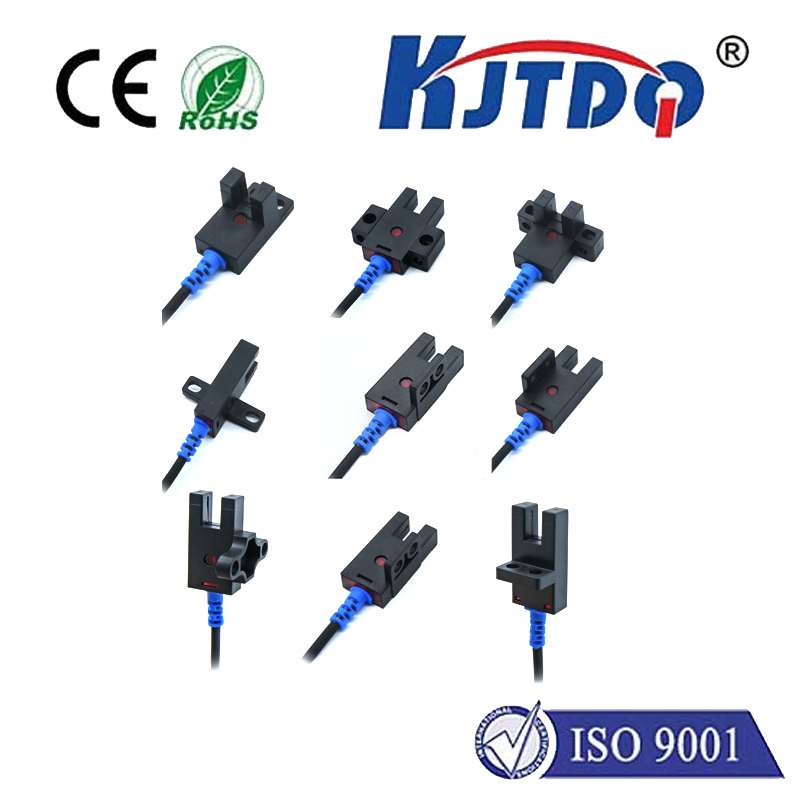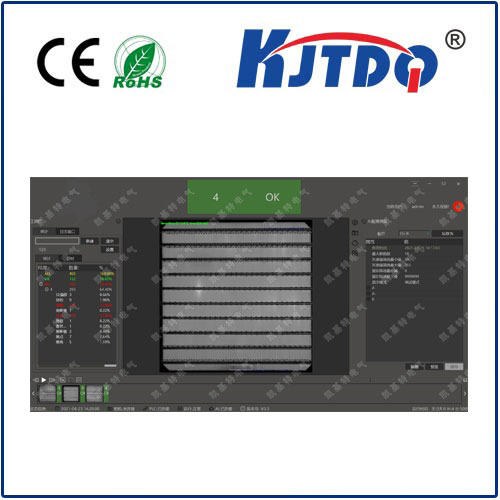analog laser distance sensor
- time:2024-10-18 02:41:32
- Click:0

Analog Laser Distance Sensor: Revolutionizing the Way We Measure
In the rapidly evolving world of technology, innovations come and go. But one innovation that has stood the test of time and continues to revolutionize various industries is the analog laser distance sensor. This remarkable device has changed the way we measure distances, opening up new possibilities in fields as diverse as robotics, automotive engineering, and even agriculture. In this article, we will explore the workings of an analog laser distance sensor, its applications, and the benefits it brings to different sectors.
How Does an Analog Laser Distance Sensor Work?
At its core, an analog laser distance sensor is a device that uses a laser beam to measure the distance to an object. The sensor emits a short pulse of laser light, which reflects off the target object and returns to the sensor. By measuring the time it takes for the laser pulse to return, the sensor can accurately calculate the distance to the object. This technique is known as time-of-flight measurement.
The main components of an analog laser distance sensor include a laser diode, a lens, a detector, and a microcontroller. The laser diode generates the laser beam, while the lens focuses it on the target object. The detector captures the reflected laser light and converts it into an electrical signal. Finally, the microcontroller processes the signal and calculates the distance based on the time-of-flight measurement.
Applications of Analog Laser Distance Sensors
Analog laser distance sensors have found广泛应用 across various industries due to their precision, reliability, and versatility. Let’s take a closer look at some of their notable applications:
- Robotics: In robotics, analog laser distance sensors are used for navigation and obstacle detection. They help robots determine their position in relation to nearby objects, allowing them to avoid collisions and navigate through tight spaces with ease. These sensors are particularly useful in autonomous mobile robots, such as delivery robots or automated guided vehicles (AGVs).
- Automotive Engineering: In the automotive industry, analog laser distance sensors play a crucial role in advanced driver assistance systems (ADAS). They enable features like adaptive cruise control, lane departure warning, and automatic emergency braking by providing accurate distance measurements between vehicles. These sensors contribute to safer driving experiences and reduce the risk of accidents caused by human error.
- Agriculture: Analog laser distance sensors are also making waves in the agricultural sector. They are used in precision farming applications to measure crop height, monitor crop health, and optimize irrigation systems. By providing precise data on crop conditions, these sensors help farmers make informed decisions, increase crop yields, and conserve resources.
Benefits of Analog Laser Distance Sensors
The adoption of analog laser distance sensors has brought numerous benefits to various sectors. Some of the key advantages include:
- High Precision: Analog laser distance sensors offer exceptional accuracy in measuring distances, often within millimeters. This level of precision is essential for applications that require exact measurements, such as industrial automation or medical imaging.
- Non-Contact Measurement: Unlike traditional measurement methods that require physical contact with the object being measured, analog laser distance sensors operate remotely. This eliminates the risk of damaging delicate objects or causing interference during measurements.
- Versatility: Analog laser distance sensors can be used in a wide range of environments and applications due to their adaptability. Whether it’s outdoor or indoor, harsh conditions or delicate situations, these sensors can perform reliably and efficiently.
- Easy Integration: Analog laser distance sensors are designed for easy integration into existing systems. They can be connected to microcontrollers, computers, or other devices via standard interfaces like USB or RS-232. This allows for seamless incorporation into various projects and applications.
In conclusion, analog laser distance sensors have revolutionized the way we measure distances by offering unparalleled precision, non-contact measurement capabilities, versatility, and ease of integration. As technology continues to advance, we can expect these sensors to find even more innovative applications across various industries, shaping the future of measurement technology.





